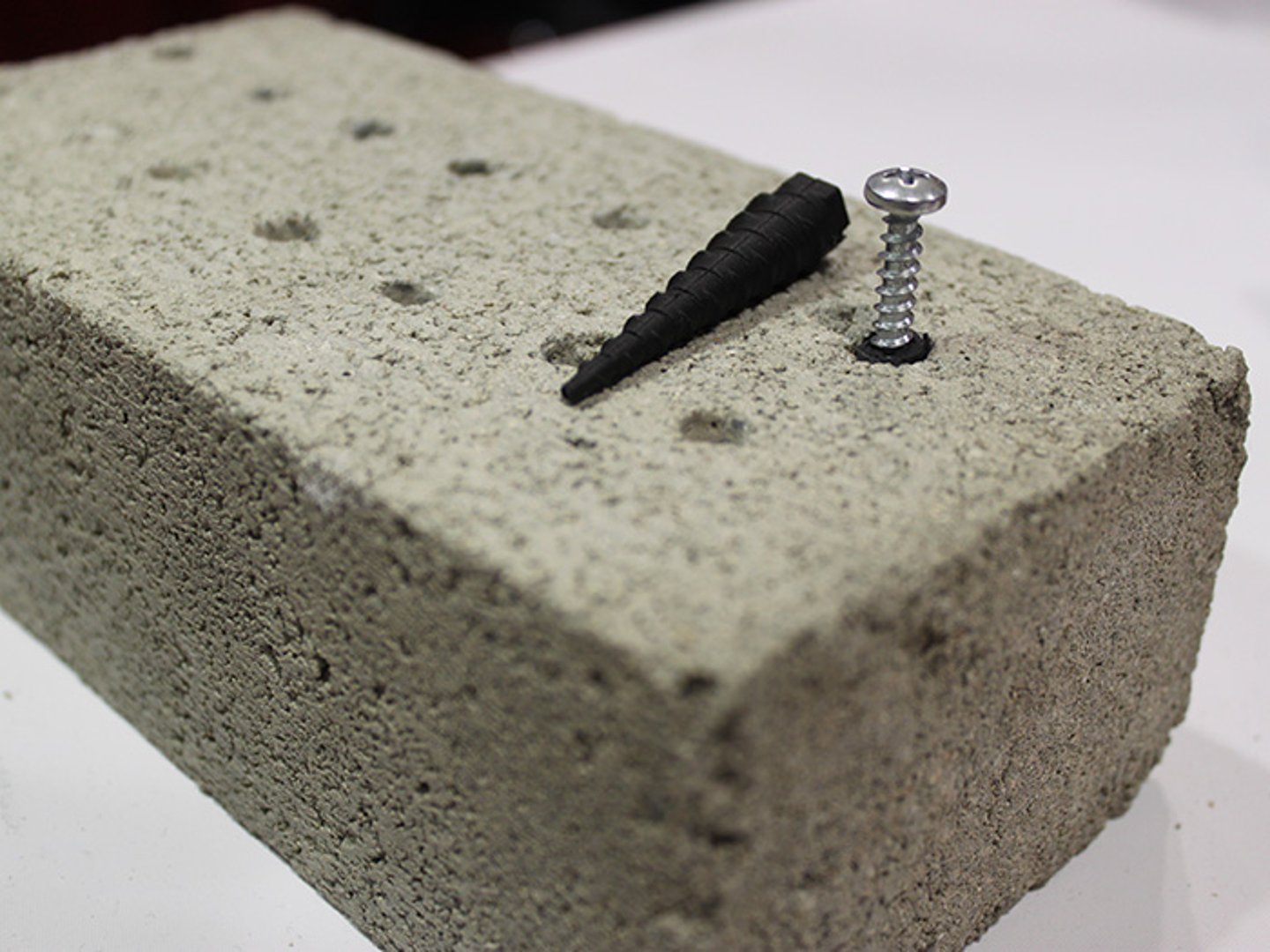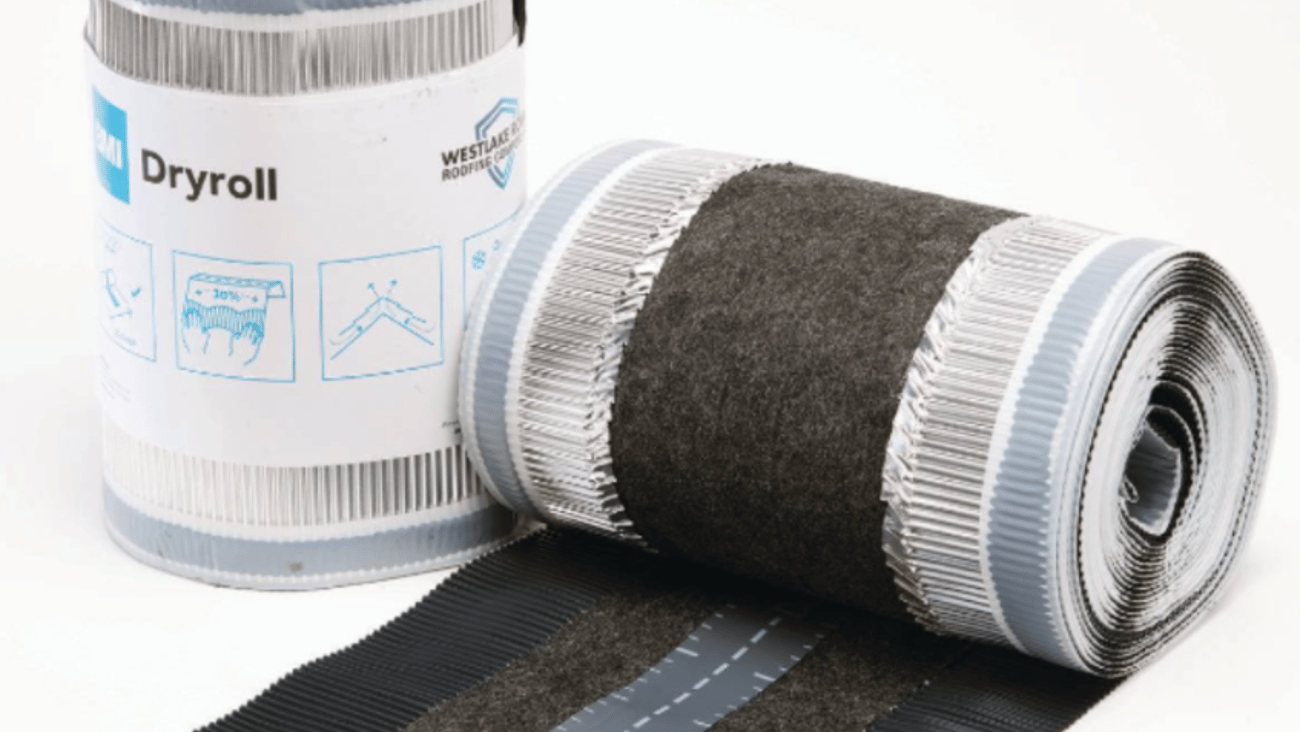Screw-It-Again turns to concrete
A new application for a product invented to fix stripped holes in wood.
First came the Screw-It-Again wood anchor, solving the problem of stripped holes in wood. Now comes the Screw-It-Again masonry anchor.
The product allows for fast-and-easy anchoring into concrete or brick or other hard materials. The key is a tapered, specialty vinyl-based anchor that enters holes to a variety of snap-off depths. Once in, the wedge-like anchor and fastener remain in place.
The company says the product is engineered specifically for masonry applications and ideal for concrete, block, grout, tile and brick (but not drywall) -- anywhere a strong anchoring solution is needed. Extensive material testing was done to perfect the material composition. In comparative testing the red wood anchor (a hard polymer) pulled out of a concrete hole at 70 pounds of pull force while the black masonry vinyl based anchor pulled out of a similar concrete hole at 220 pounds. “Physics says that you need hard against soft (hard polymer against soft wood) and soft against hard (soft vinyl against hard concrete)” explained Pascal Stolz, CEO of Screw-it-Again.
First, the user matches the screw size to the right anchor sections with an easy-to-match chart on the back of the package. Then the anchor is screwed into a fresh or existing hole. Then, simply cut the plastic anchor and insert the fastener. Whatever the size of hole to be repaired the Screw-it-Again masonry anchor will provide a fix.
The product allows for fast-and-easy anchoring into concrete or brick or other hard materials. The key is a tapered, specialty vinyl-based anchor that enters holes to a variety of snap-off depths. Once in, the wedge-like anchor and fastener remain in place.
The company says the product is engineered specifically for masonry applications and ideal for concrete, block, grout, tile and brick (but not drywall) -- anywhere a strong anchoring solution is needed. Extensive material testing was done to perfect the material composition. In comparative testing the red wood anchor (a hard polymer) pulled out of a concrete hole at 70 pounds of pull force while the black masonry vinyl based anchor pulled out of a similar concrete hole at 220 pounds. “Physics says that you need hard against soft (hard polymer against soft wood) and soft against hard (soft vinyl against hard concrete)” explained Pascal Stolz, CEO of Screw-it-Again.
First, the user matches the screw size to the right anchor sections with an easy-to-match chart on the back of the package. Then the anchor is screwed into a fresh or existing hole. Then, simply cut the plastic anchor and insert the fastener. Whatever the size of hole to be repaired the Screw-it-Again masonry anchor will provide a fix.




